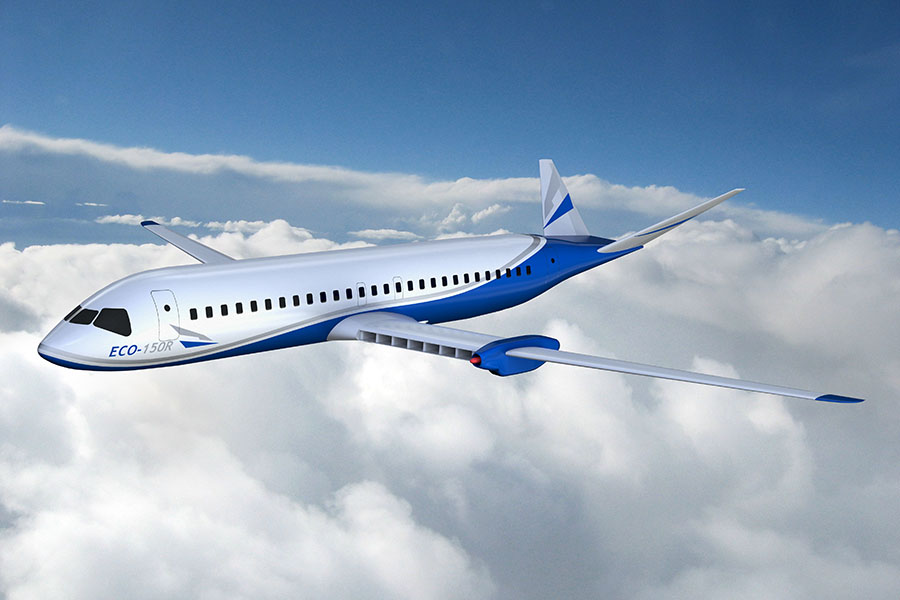Electric Planes
Flying our way?
Electricity powers motorcycles, cars and boats, but how about planes? In recent years, research has been dedicated applying such technology to the aviation industry. Even though the price of oil per barrel has dropped lately, we still pay a hefty price for carbon-based fuels, and our planet absorbs ever-increasing levels of pollution. In 2011, the […]
